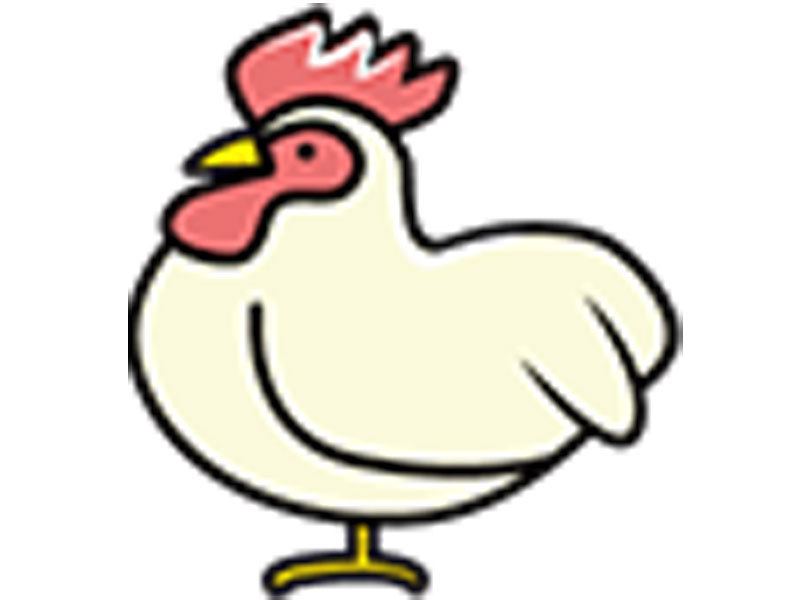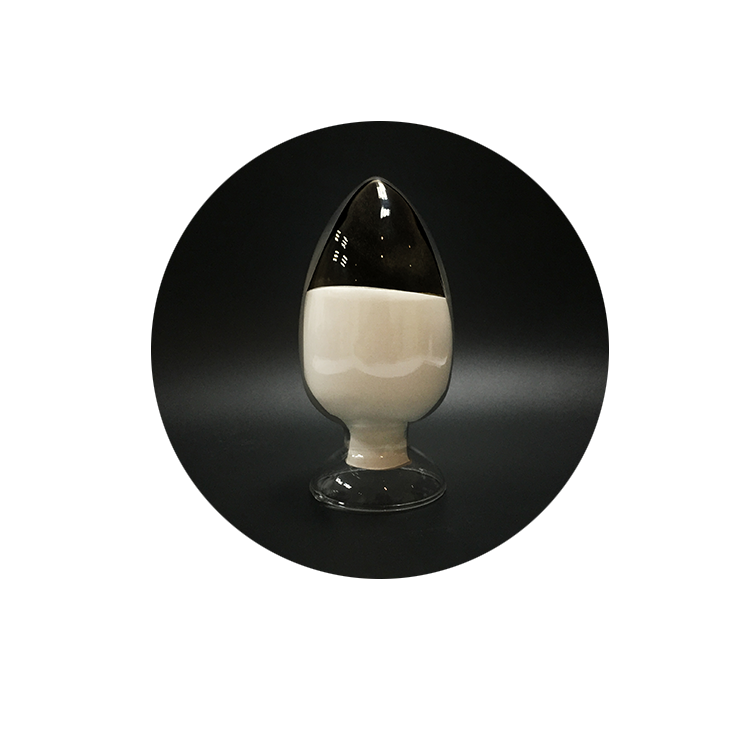What is the Role of Xylanase in Feed?
At present, corn is used as the main energy feed in the feed industry. The supply of raw materials is becoming increasingly scarce, and the price of corn is rising, which seriously affects the development of the pig industry. It is one of the important measures to alleviate the shortage of corn to fully develop and utilize the abundant resources of wheat, grain, bran, etc. to replace corn. However, the cell walls of wheat, cereals, bran and other grains contain anti-nutritional factor non-starch polysaccharides such as arabinoxylan, which affects the digestibility of nutrients in monogastric animals and affects the absorption of nutrients in poultry. The main one is arabinoxylan. Arabinoxylan is a polysaccharide in rice bran (hemicellulose B) edible fiber. Corresponding xylanase needs to be added to the feed to degrade arabinoxylan and improve feed absorption and utilization.
1. The mechanism of action of xylanase in feed
The application of xylanase in the feed industry can decompose the anti-nutritional factor non-starch polysaccharides in the grain seeds of the feed into xylo-oligosaccharides with a smaller degree of polymerization, decompose the raw material cell wall and β-glucan, and eliminate or reduce non-starch polysaccharides. The anti-nutritional effect of starch polysaccharide in the animal stomach due to its high viscosity promotes the release of effective substances, and at the same time it can destroy the structure of the plant cell wall, improve the activity of endogenous digestive enzymes, and improve the utilization of feed nutrients.
2. The role of xylanase in feed
(1) Generate a large number of functional oligosaccharides (xylobiose, xylotriose, etc.), and xylanase products improve the intestinal microflora, which is beneficial to animal health.
(2) Reduce the quality fluctuation of feed products caused by the quality variation of feed raw materials, stabilize product quality, and reduce complaints.
(3) Broaden the use range of feed raw materials, increase the amount of unconventional feed such as bran, secondary flour, rice bran, etc. in the feed, and reduce the cost of feed formula.
(4) Xylanase products increase the absorption and utilization of nutrients, reduce fecal emissions, protect the environment, and at the same time reduce the stimulation of harmful gases generated by the decomposition of fecal organic matter to livestock and poultry, and reduce the occurrence of respiratory diseases.
China has joined the WTO, and foreign low-priced wheat and barley products are about to flood into the Chinese market, which will further stimulate the market demand for xylanase. At the same time, with the launch and implementation of the national feed safety project, antibiotics and other residues will be produced, and the use of antibiotic-resistant and environment-polluting feed additives will be restricted, and will be gradually banned or eliminated. Growth-promoting additives with medicinal properties that do not pollute the environment will be vigorously promoted and used.


